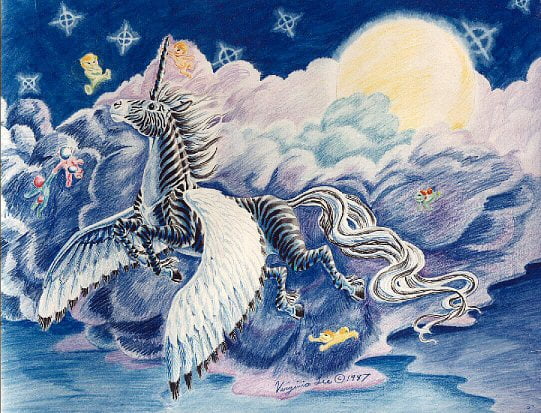The Zebra Swallowtail and the Zebra Longwing are both butterfly species known for their striking black and white striped patterns. While they share some similarities, there are several key differences between them:
Scientific Classification
– Zebra Swallowtail: The scientific name of the Zebra Swallowtail is Eurytides Marcellus. It belongs to the Papilionidae family and the Papilioninae subfamily.
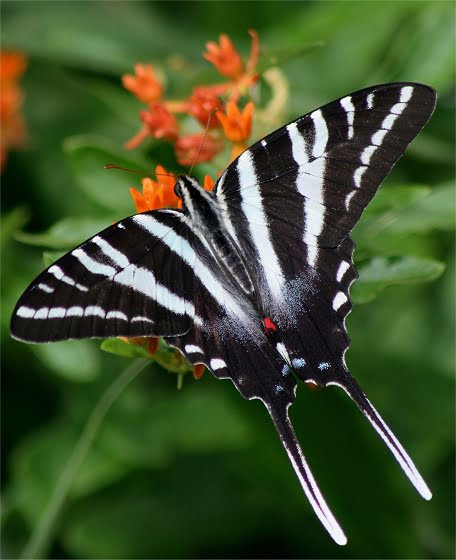
– Zebra Longwing: The scientific name of the Zebra Longwing is Heliconius Charithonia. It belongs to the Nymphalidae family and the Heliconiinae subfamily.
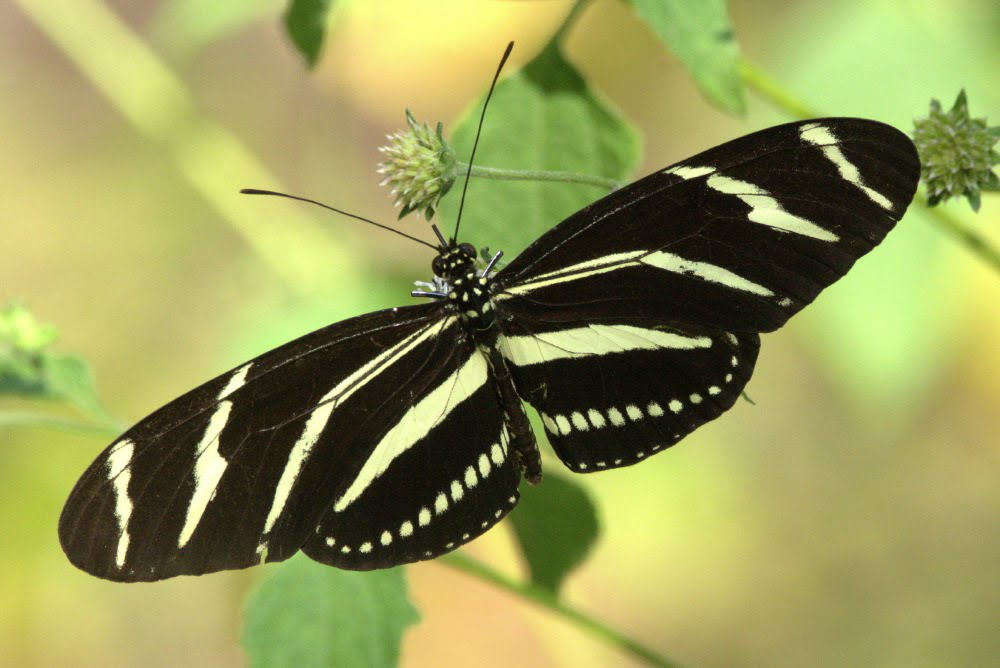
Range and Distribution
– Zebra Swallowtail: The Zebra Swallowtail is primarily found in the eastern United States, ranging from Florida to the northern parts of the Midwest and Northeast.
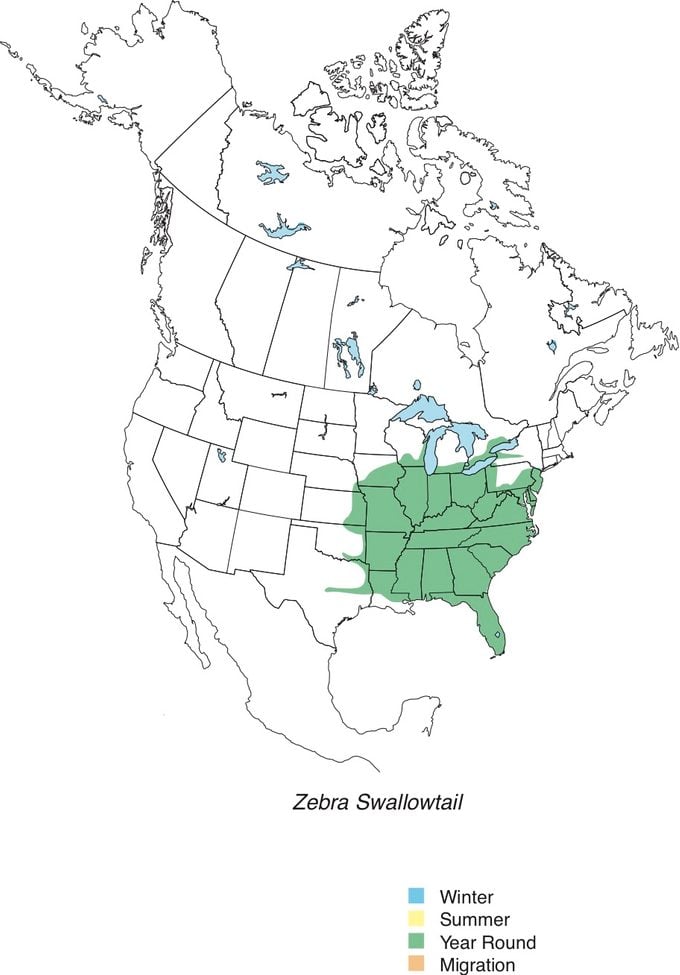
– Zebra Longwing: The Zebra Longwing is native to Central and South America, including countries like Mexico, Costa Rica, Brazil, and Venezuela. It can also be found in the United States, and was designated the state butterfly of Florida in 1996.
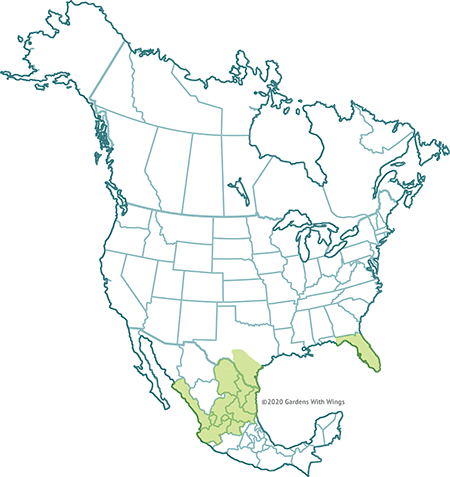
Wing Shape and Size
– Zebra Swallowtail: The Zebra Swallowtail has elongated wings with a wingspan of about 3 to 4 inches (7.5 to 10 cm). Its hindwings have a distinctive, elongated tail-like projection.
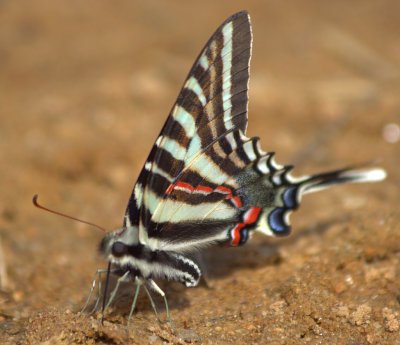
– Zebra Longwing: The Zebra Longwing has rounded wings with a wingspan of about 3 to 3.5 inches (7.5 to 9 cm). Its wings are broader and less elongated compared to the Zebra Swallowtail.
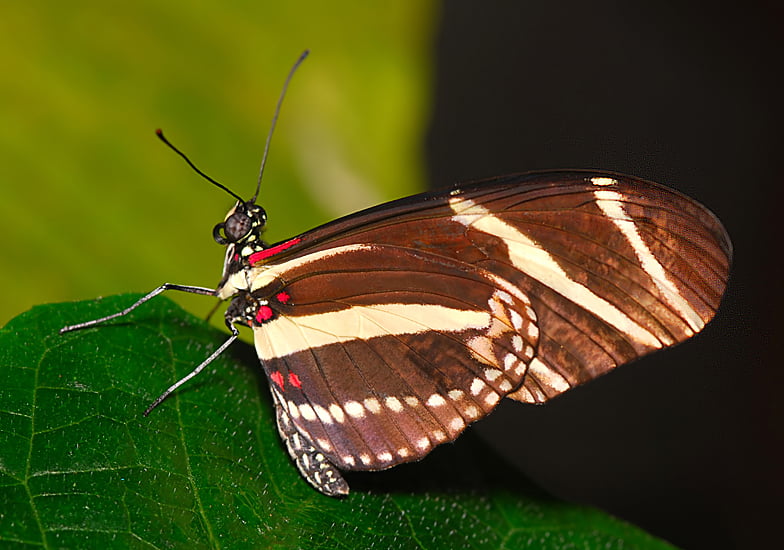
Caterpillar Appearance
– Zebra Swallowtail: The caterpillars of Zebra Swallowtails have a green body with black and yellow markings. They also have a small, black, horn-like projection on their thorax.
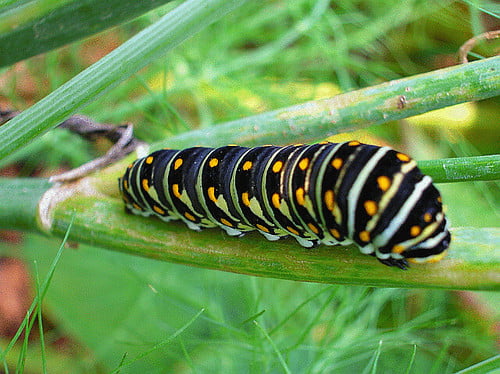
– Zebra Longwing: The caterpillars of Zebra Longwings have a spiny appearance, with a black body covered in clusters of yellow and white spines.
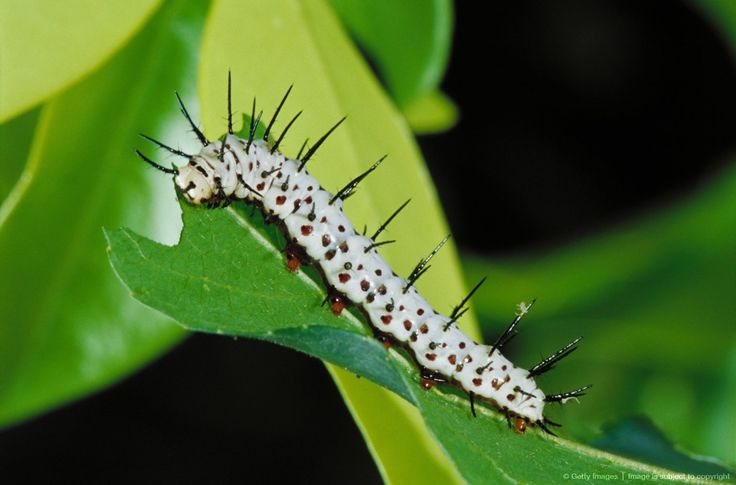
Habitat and Behavior
– Zebra Swallowtail: The Zebra Swallowtail is commonly found in open woodlands, along rivers, and in swampy areas. The adults prefer to feed on flower nectar and are known to be attracted to red and pink flowers.
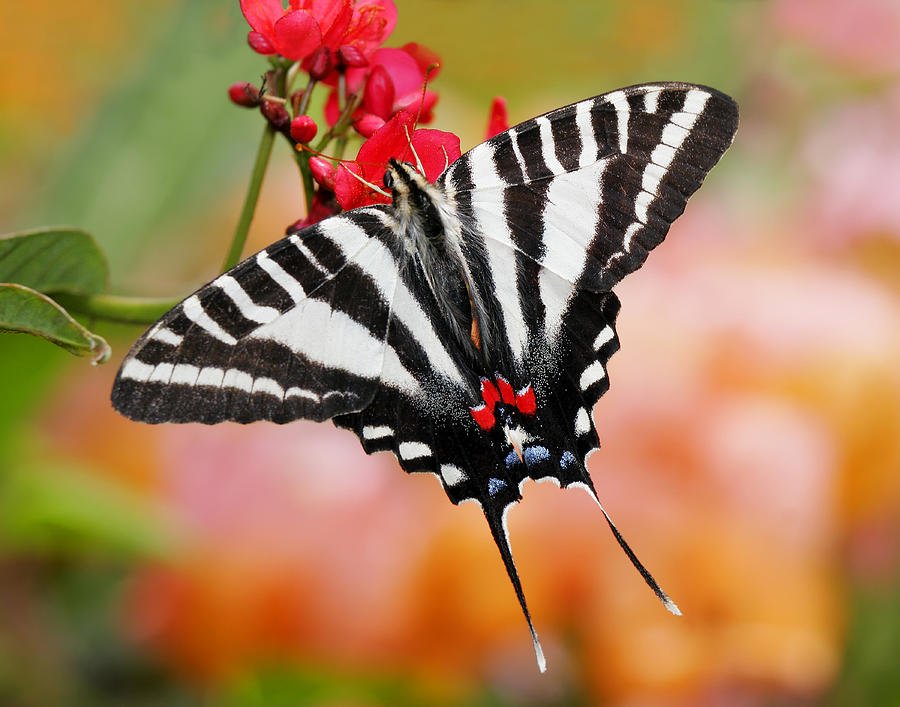
– Zebra Longwing: The Zebra Longwing is associated with tropical and subtropical habitats, including rainforests and gardens. It is unique in that it is a social butterfly species, forming communal roosts and displaying group behaviors.
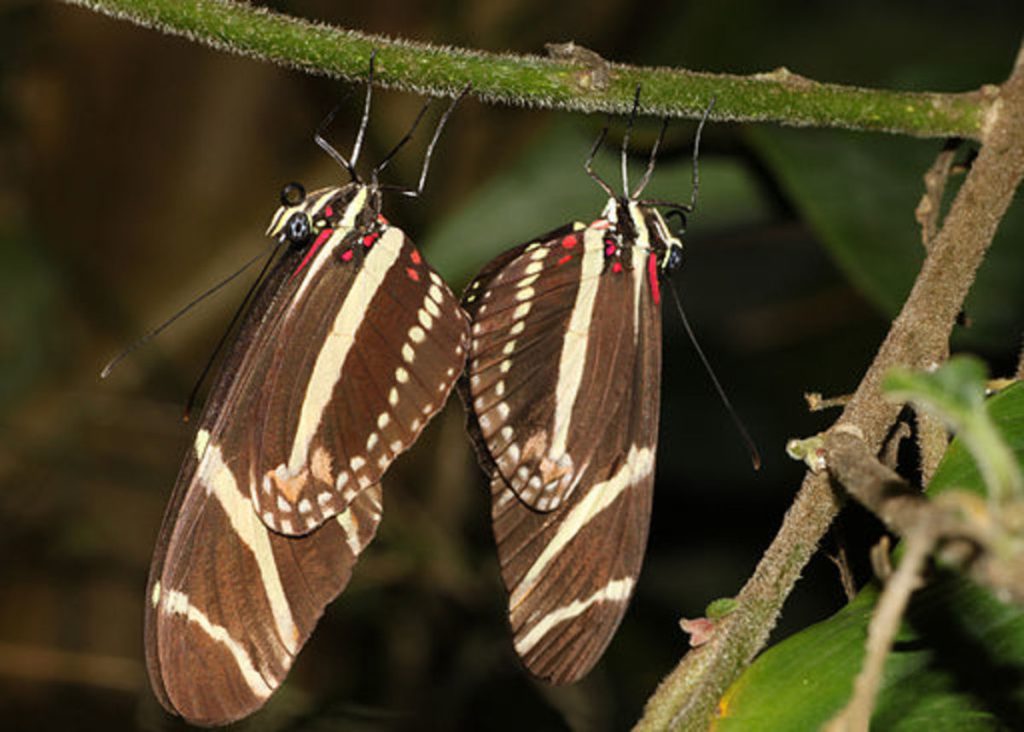
Larval Host Plant
– Zebra Swallowtail: The caterpillars of Zebra Swallowtails feed exclusively on the leaves of pawpaw trees (Asimina species), which are native to North America. Pawpaw trees belong to the Annonaceae family and serve as the primary host plant for Zebra Swallowtail larvae.
– Zebra Longwing: The caterpillars of Zebra Longwings have a broader range of host plants. They feed on various species of passionflower vines (Passiflora species), including Passiflora incarnata, Passiflora lutea, and Passiflora suberosa. Passionflower vines are known for their intricate flowers and are found in tropical and subtropical regions.
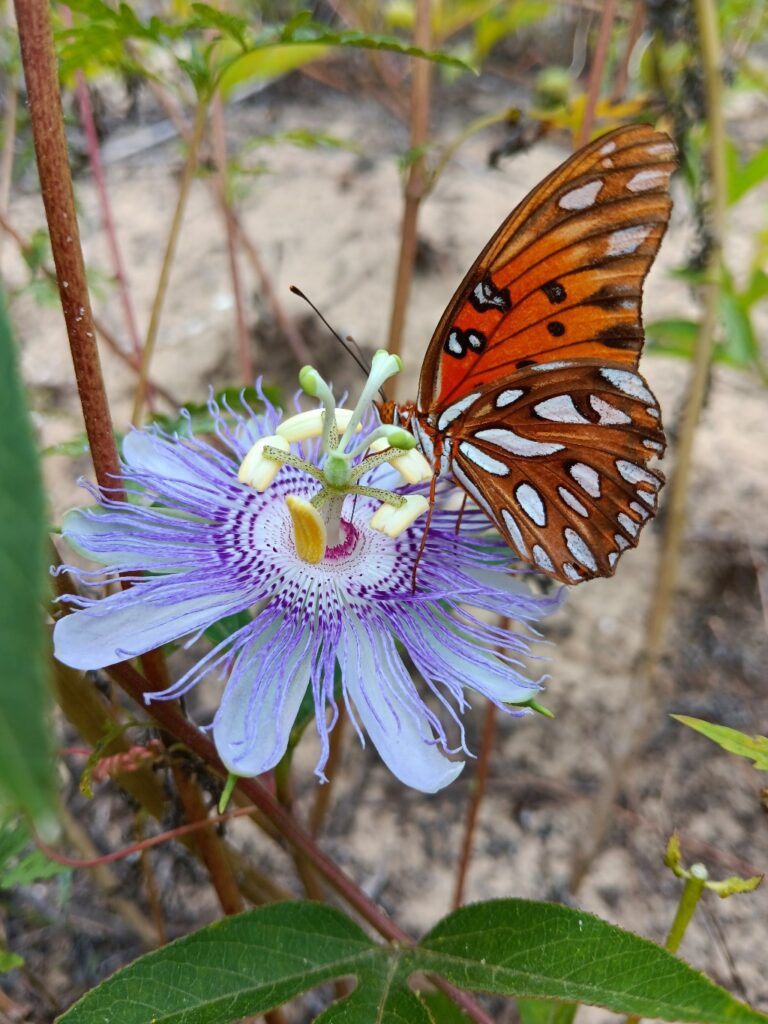
10 Florida-Native Maypop Purple Passionvine Seeds (Passiflora Incarnata)
Maypop Purple Passionvine Passiflora Incarnata seeds. Florida Native. 10 or more seeds.
Chrysalis Appearance
– Zebra Swallowtail: The chrysalis of the Zebra Swallowtail is typically brown or greenish-brown in color. It has a smooth and elongated shape, resembling a dried leaf. The chrysalis is secured to a vertical surface, such as a tree branch or stem, with a silk pad and a silk girdle that holds it in place.
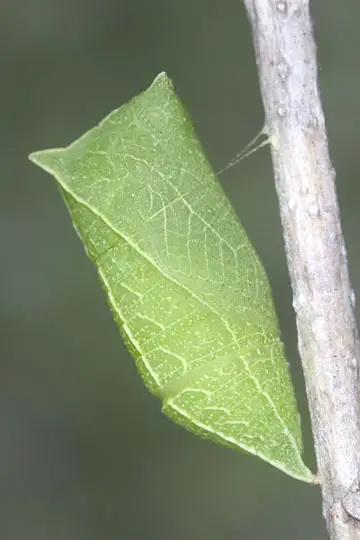
– Zebra Longwing: The chrysalis of the Zebra Longwing is distinctive and visually striking. It has a vibrant lime green or yellow color with black markings. The surface of the chrysalis is often covered with small protuberances or bumps. It is also attached to a vertical surface using a silk pad.
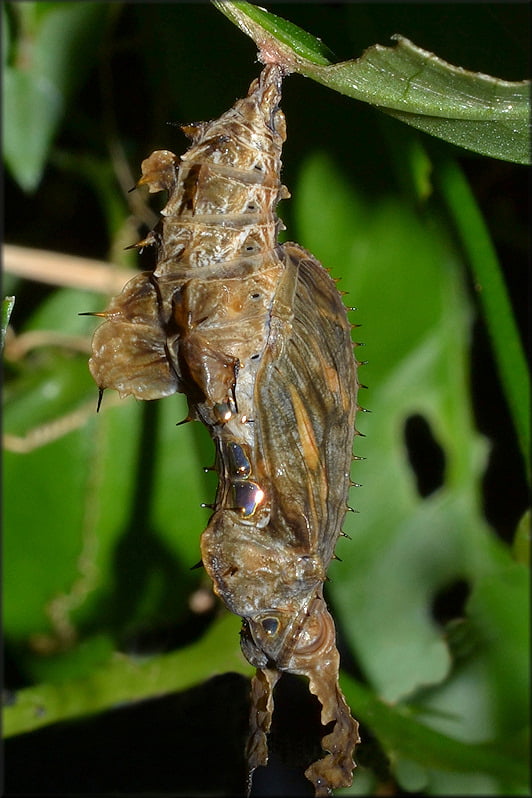
These are some of the key differences between the Zebra Swallowtail and the Zebra Longwing butterflies. Despite their shared name and black-and-white patterns, they are distinct species with varying characteristics and distributions. Learning these differences might help save these precious insects… one day at a time!
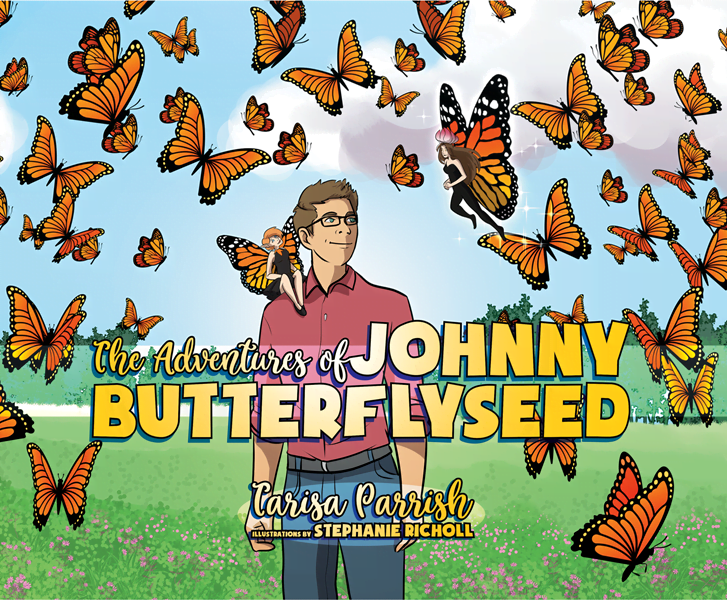
The Adventures of Johnny Butterflyseed – Author Signed First Edition Children’s Book
Save the monarchs!
Johnny Butterflyseed and his fairy friend, Raven Silverwing, embark on a mission to save the rapidly disappearing butterflies. They enlist the help of Queen Venus Goldwing and her kingdom of monarchs to educate and inspire kids to become butterfly farmers. At first, Johnny faces his own internal struggle with self-doubt and fear in his ability to make a difference, but then soon develops a mindset that allows him to not only get started, but also make progress one day at a time. Through challenge after challenge, Johnny learns that he is not alone in his mission and that there are many people who want to help. Together, Johnny, Raven, and Queen Venus educate thousands of children on becoming butterfly farmers.
